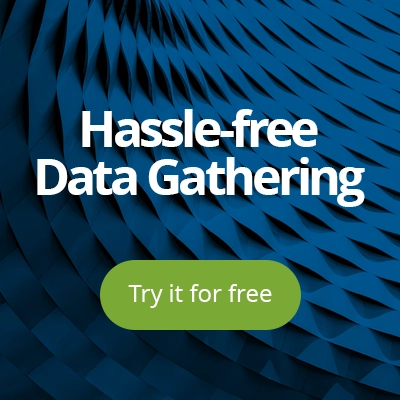As an advisor, it is your fiduciary duty to act in your clients’ best interests. If you’re an expert in services or products that can benefit them, it’s your responsibility to share that knowledge. While free educational resources are abundant, you, as the expert, know how to implement these strategies effectively. Often, all it takes is a few additional pieces of information to expand the services you offer. With technology playing a crucial role, branching out into these other verticals not only aligns with client demand but also makes smart business sense. Successful advisors understand how to match their expertise with what clients truly want. And what clients are increasingly seeking is holistic advising — guidance that goes beyond just financial planning to include tax preparation, estate planning, insurance, and more. A recent survey revealed that 71% of millennials, and 57% of all respondents, prefer managing most of their financial needs at one institution that can provide the specialists and services they require. To meet this demand, advisors are expanding their scope to consider clients’ full lives and goals. This shift offers lucrative growth potential but can feel overwhelming at first. Here’s how advisors and firms can get started with holistic advising.
Talk to Current and Potential Clients
Holistic advising can take many forms. Before diving in too deeply, talk to current and potential clients about the services (if any) they’d be interested in. Dig into market research about other advising services in your area and demographics and lifestyle preferences.
Talking to clients and tracking their interests can help narrow down the scope of holistic services and ensure you provide what clients want. It also prevents advisors from investing time and money into additional services that don’t align with what clients actually want.
Partner with Other Providers
Depending on what services you want to include, you’ll likely have to tap into the expertise of other providers, such as lawyers, estate planners, or accountants. These types of advising require advanced degrees or certifications that may not be feasible for financial advisors to take on on their own.
Establishing partnerships can either look like bringing specialized advisors on to work at the firm or sending business back and forth. More than just referring your clients to another type of advisor, you can work together through joint meetings or information sharing to create a comprehensive plan. Each advisor still has their firm and client list, but you can come together to provide additional services as needed.
More Skills, More Verticals
Even if you partner with other certified advisors in different fields, it’s helpful to fully understand holistic advising, including knowing the basics of areas like insurance, estate planning, real estate, and more. Look for educational opportunities to expand your knowledge and skills in these areas so you can speak knowledgeably and know how to best work with your partners. Training can include certifications, joining industry groups, and networking with advisors in other specialties.
Consider Clients’ Full Lives
A key feature of holistic advising is that it considers all areas of a client’s life, including their family, career, and future goals. Holistic advising looks at more than just the numbers to get to the heart of a client’s goals across all areas of their future, including their finances.
This approach requires getting to know clients on a deeper level than their demographics or basic finances. Does a client love to travel? Are they hoping to support their grandchildren’s college education? Are they opening a new business? These factors change their financial outlook and should be considered when making financial recommendations. Advisors take a holistic approach and look at all areas of their client’s lives and financial plans to make accurate recommendations beyond the basics.
Strengthen Technology
Offering holistic advising requires tracking more data than typical financial metrics. Advisors often must be aware of the content of lengthy documents like tax returns, powers of attorney, and wills to provide quality holistic advice. Incorporating data from additional sources can strain some technology or cause it to be used differently. Look for tools that can expand to include new data or that integrate with other platforms. PreciseFP integrates with FP Alpha to pull financial information from other platforms and tax documents to create snapshots. These visual pages make it easy for advisors and clients to see their tax and estate planning needs and make adjustments without reading long documents.
To get started with holistic advising, gathering the additional data needed to offer more products and services can be done easily and at scale with PreciseFP. A returned PreciseFP engagement most often leads to closed business, and sending data to other software to quickly implement these services is a seamless and impressive process. Start your free trial today and test it out on yourself — experience firsthand how it feels to offer a premier client experience.







